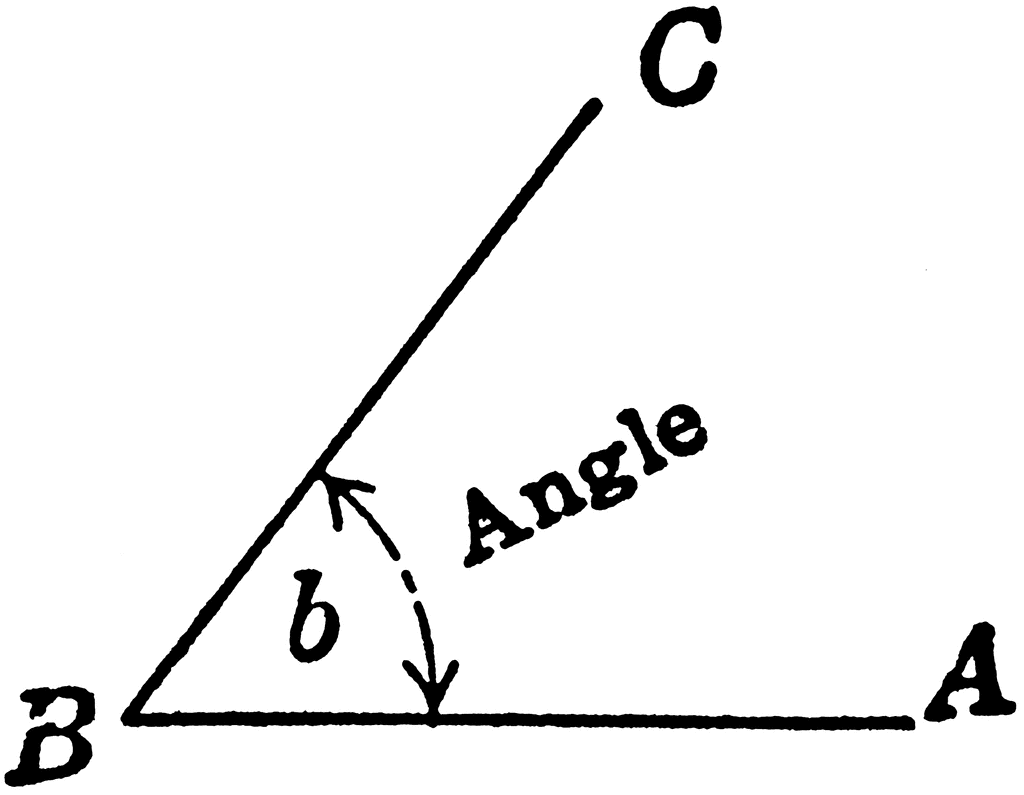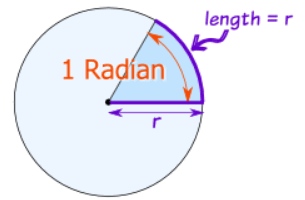I think of an angle as the amount you have to turn one line so it meets the other.
There are lots of ways of measuring this but a very popular one is using degrees, where we say that there are 360 degrees in a full turn. But why do we use 360? Why not 100? or 400?
It seems to go back to the ancient Babylonians (in an area which is now within Iraq), who were extremely influential on a lot of maths we still use today, as have been many other cultures such as the Greeks, Chinese and Indians.
The Babylonians counted using 60s rather than tens and considered the number 6 to be of strong importance and therefore 6 x 6 = 36 to be particularly significant. This was supposedly backed up by observing there are approximately 360 days in a year, so a full circle being made up of 360 parts or degrees seems to make sense.
360, by a bit of luck(?) turns out to be fairly useful because it has a lot of factors
However there is another useful way of measuring angles using 'radians' instead of degrees.
Radians are particularly useful for higher level maths and are based on the idea of how many lots of the diameter of a circle, with radius of 1, will wrap around the circumference.
1 radian is equal to about 57.2958 degrees. Radians use the value π


No comments:
Post a Comment